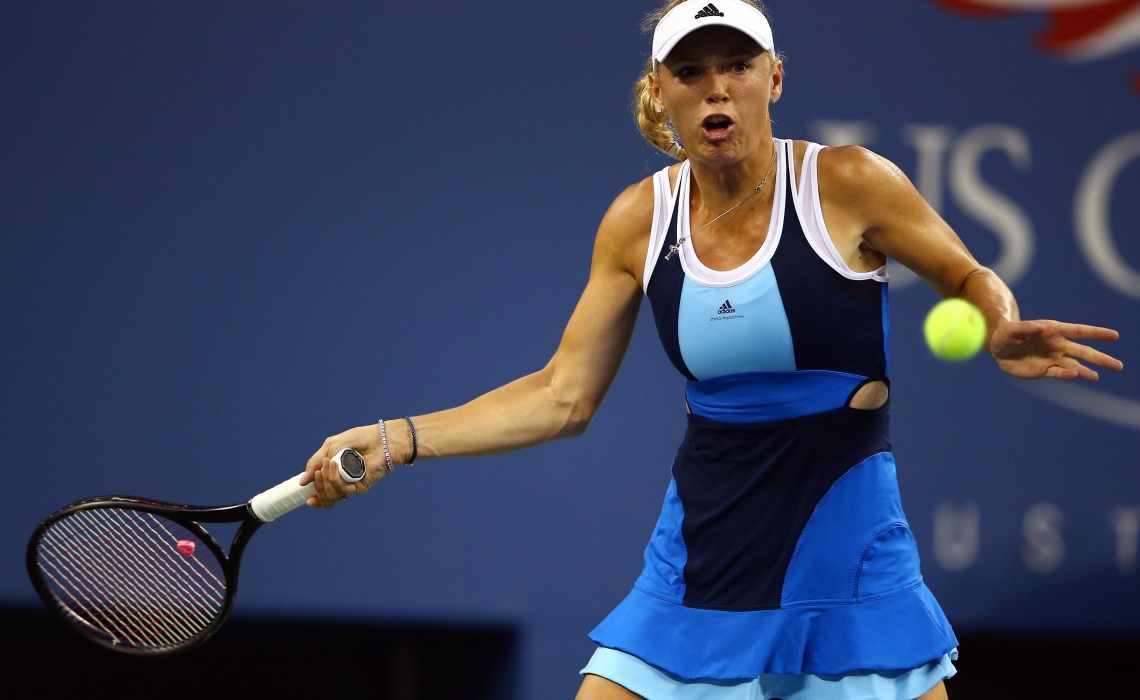
For professional tennis players, big serves can become their most powerful weapons. They should be able to control their play with accurate and powerful serves. String serves will force the opponents on the defensive and players will be able to win plenty of short points. However, in order to perform repeated strong serves, you will need to have a variety of serves, effective pre-serve routines and highly reliable mechanics. Top players will also be able to disguise their serves, so opponents won’t what kind of serves is coming their ways. It is also important that you understand the psychology behind any kind of serve. The external psychology of tennis serving has plenty of similarities with baseball. The opponent in tennis player is like a batter in baseball, who needs to constantly guess the pitch location.
The tennis player needs to keep his opponent off balance and this can be achieved by causing the adversary to guess wrong. The player will gain score if the opponent fails to predict how and where the tennis ball will bounce, because it will be difficult to react. With great disguise, top players are able to move the ball with different spins and speeds. They can use different tricks to outmaneuver the opponents, such as serving out wide, down the middle and into the opponents. If the opponents sense that you are able to constantly disguise your serves, they will be subjected to a lot of mental pressure. Because they try hard to guess your next move, it is for them to become off balance.
It is also a good thing if you are able to attack the opponent based on the type of their body. As an example, it will be more difficult for tall players to handle serves that are directed into their body. Taller players often extend their arms to reach the ball as their big advantage, but this is only good for ball that is served down the middle or served out. Another way to deal with taller players is by keeping the serve close to the ground. On the other hand, shorter players will find it easier to respond to balls that are directed into their bodies. Short players don’t have excellent reach, although some of them can be exceptionally nimble. So, it is better to serve the ball out wide when facing shorter opponents.
It is important that you are able to closely observe your opponents and this could take some time. You should be able to determine the strengths and weaknesses of your opponents by watching the videos of their earlier matches. If you want to have a killer serve, it is also important that tennis ball behaves differently based on the type of the surface. As an example, you need to slow down the pace of your serve on a clay surface. But if you are on a hard or grassy court, you can choose flat and hard serves as your effective and powerful weapons.
